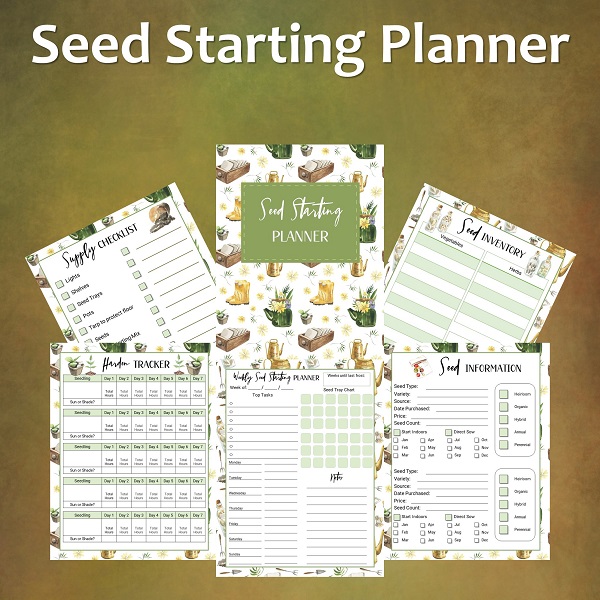 Succession planting is a growing method designed to maximize the amount of fresh produce that can be harvested from a particular growing area. It is all about the efficient use of time and space to produce high level results. For this reason, succession planting is worth a look if you have limited space or if you just want to get as much reward as possible from your gardening efforts.
Succession planting is a growing method designed to maximize the amount of fresh produce that can be harvested from a particular growing area. It is all about the efficient use of time and space to produce high level results. For this reason, succession planting is worth a look if you have limited space or if you just want to get as much reward as possible from your gardening efforts.
Single Crop vs. Multiple Crop Strategies
There are a couple of ways you can approach succession planting. One option is to focus on growing a single crop in a defined area. The other option is to inter-plant several complementary plant species within the same area. Regardless of which option you choose, it’s a good idea to start small with one or two beds until you get the hang of creating a planting schedule that works for you. In general, experimenting with a single type of plant or several that are closely related, such as different types of salad greens, is also recommended.
Successive Planting vs. Simultaneous Planting
Depending on what plants you plan to grow, you can either employ successive planting, simultaneous planting, or a combination of the two. Successive planting refers to planting small amounts of seeds over and over again throughout the season. The seeds planted can be either from the same plant or from two or more complementary varieties or species.
On the other hand, simultaneous planting involves planting several varieties of either the same or different types of plants with varying maturity dates at once. Diverse plants with early, mid and late maturity varieties are ideal for simultaneous planting. Tomatoes are good examples.
Ideal Plants for Successive Planting
Lettuce and other salad greens are perfect choices for successive planting thanks to their fast growth cycle. The same can also be said for many herbs, such as basil and cilantro. The primary benefit to planting new seeds or seedlings every few weeks is that it ensures a continuous supply of fresh produce all season long.
Temperature preference is another factor to consider when choosing two or more plants for successive planting. Some plants thrive during cooler seasons, while others are more tolerant of hot summer weather. By understanding what conditions your plants prefer, you can make the best use of your available growing space.
For example, you can plant cool weather crops like radishes and carrots early in the year and then again in late summer or early fall. In between, you can fill those beds with more heat-tolerant transplants such like eggplant or hot peppers.
Selecting Plants for Simultaneous Planting
The key to a successful simultaneous planting is to choose non-competing plants with different maturity dates. You’ll also want to note what type of root structure they have (shallow versus a single, deep tap root), how much water and sunlight they need, and which nutrients they require. If you get stuck, you may want to pick up a reputable companion planting resource to answer any specific questions you may have.
Although this may seem like a lot of information to absorb, don’t get discouraged and feel like you need to know everything at once. Start small with only a few plants and work your way up as your knowledge and skill increases.



